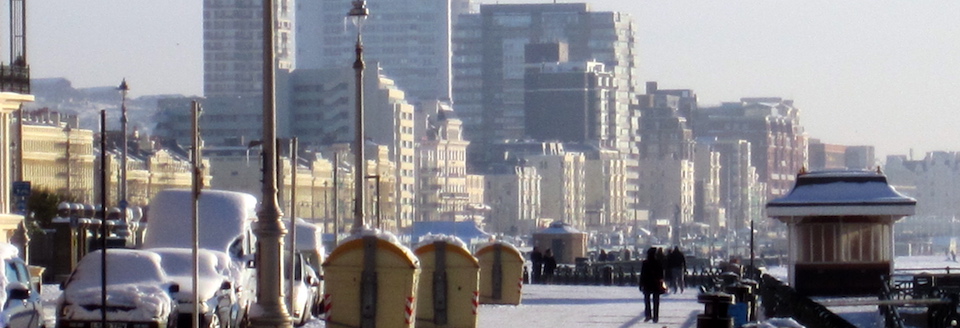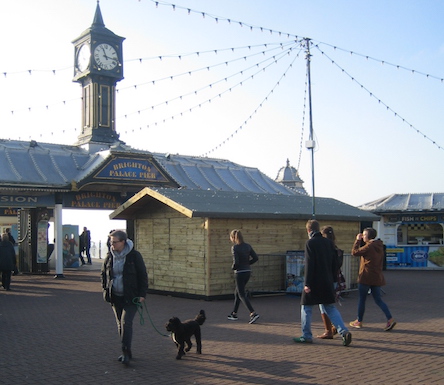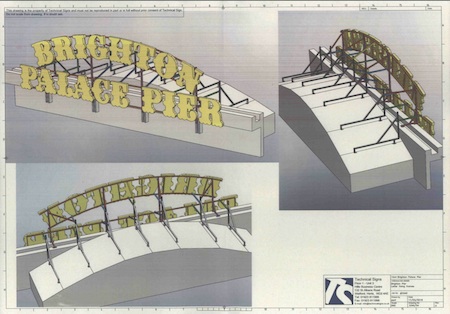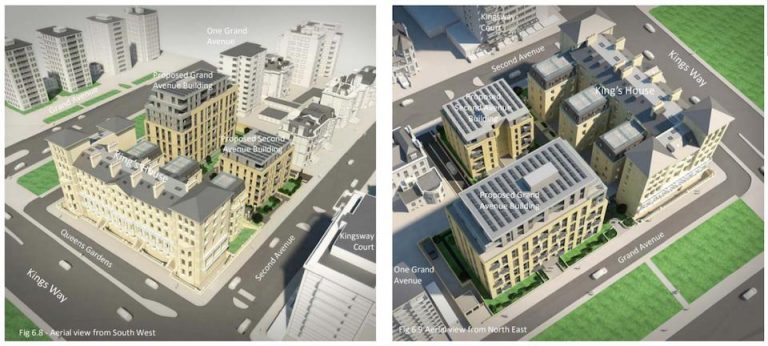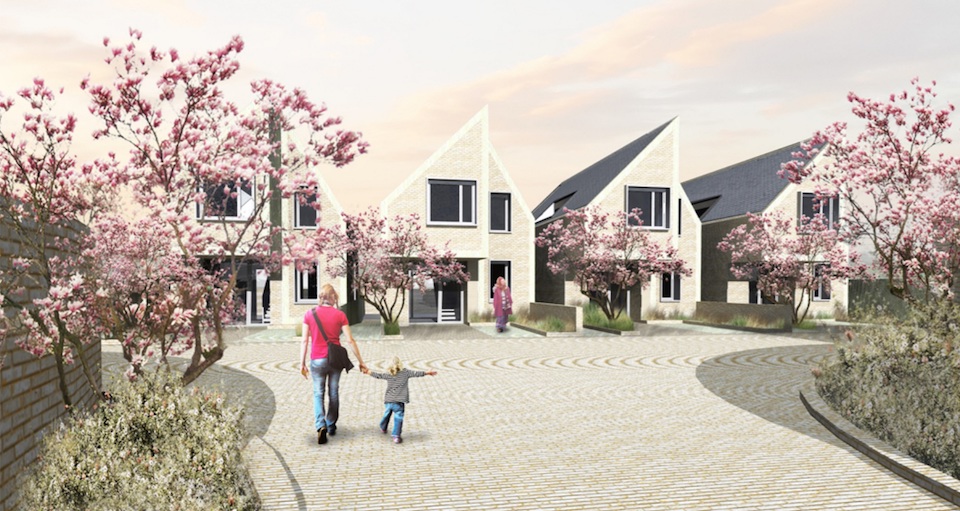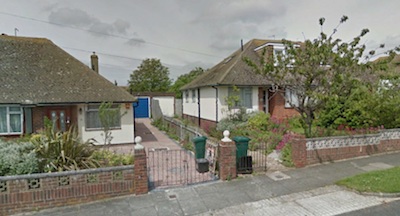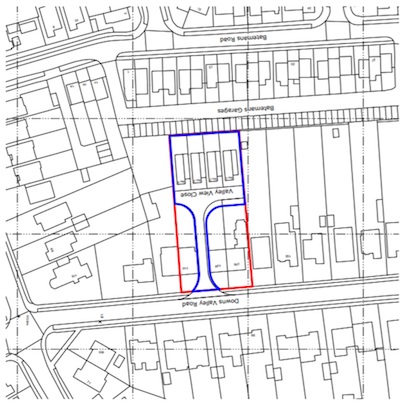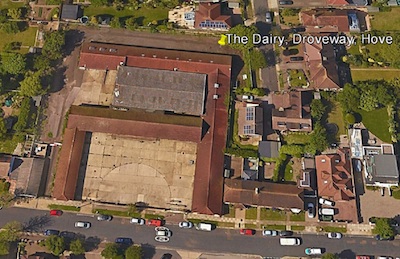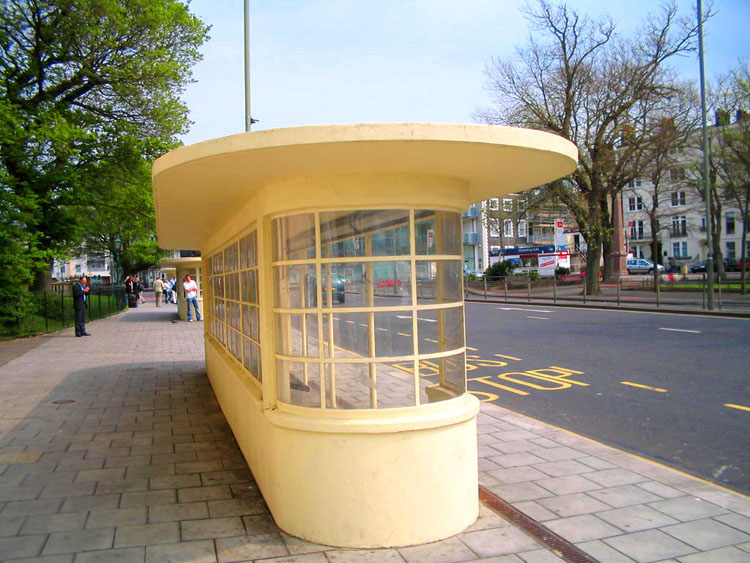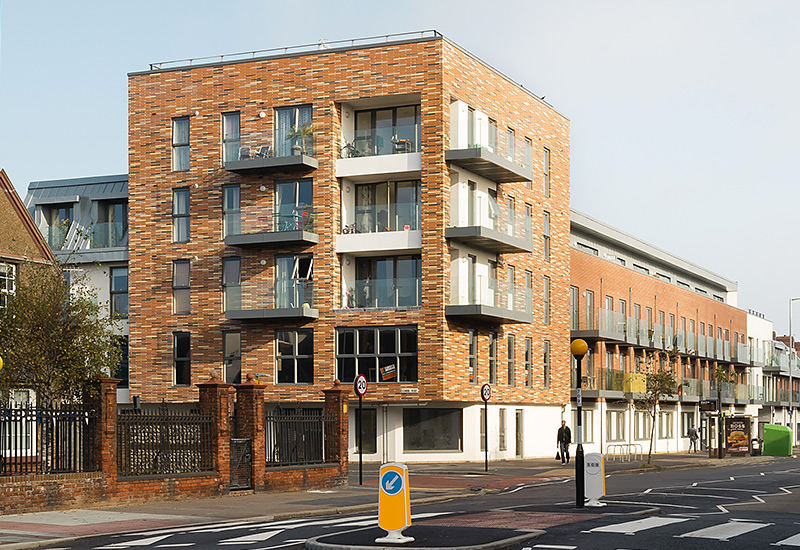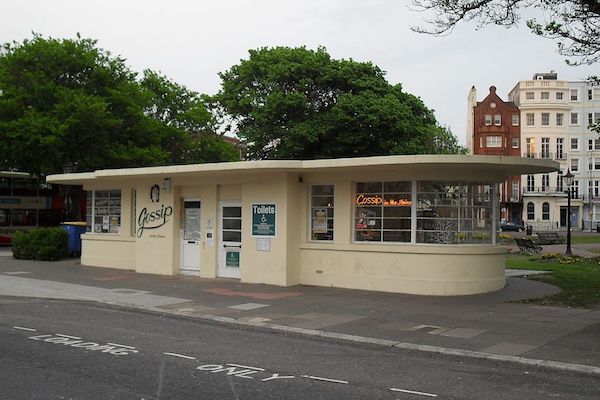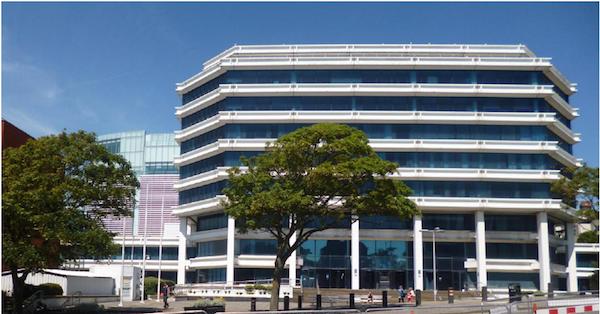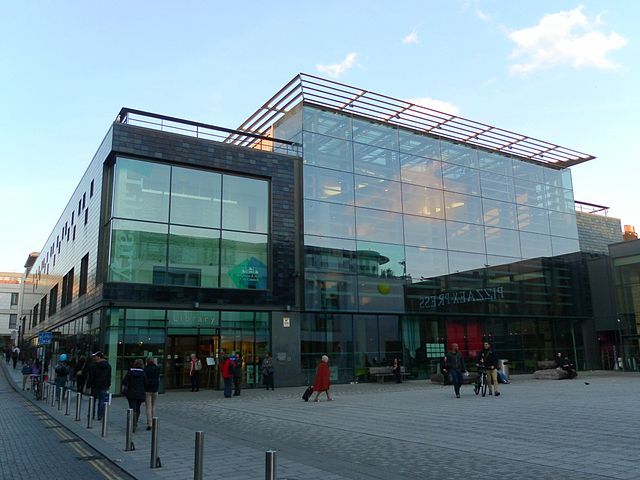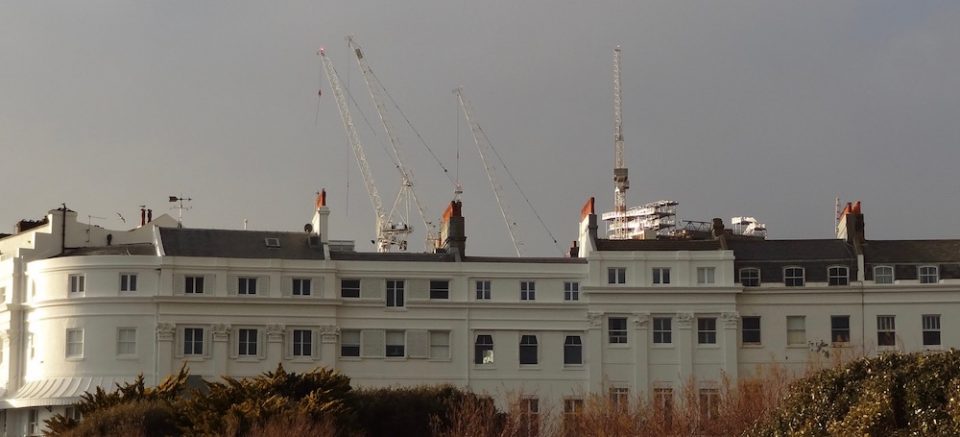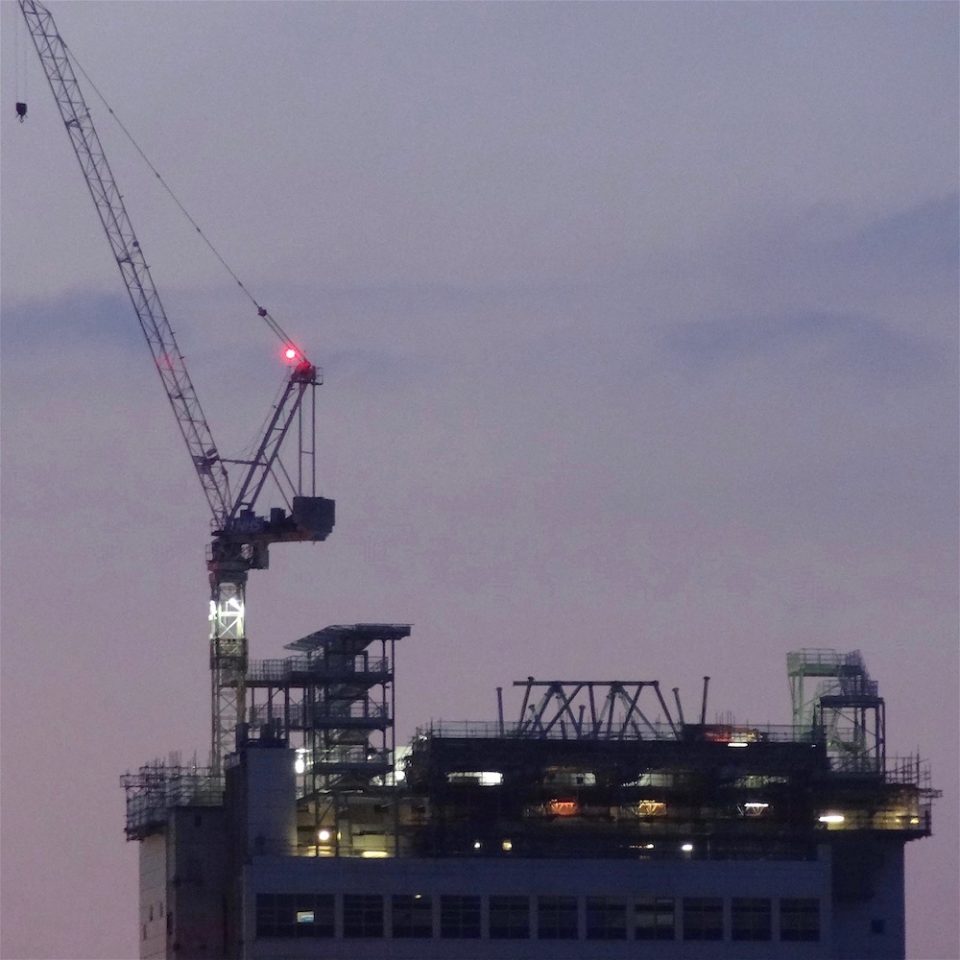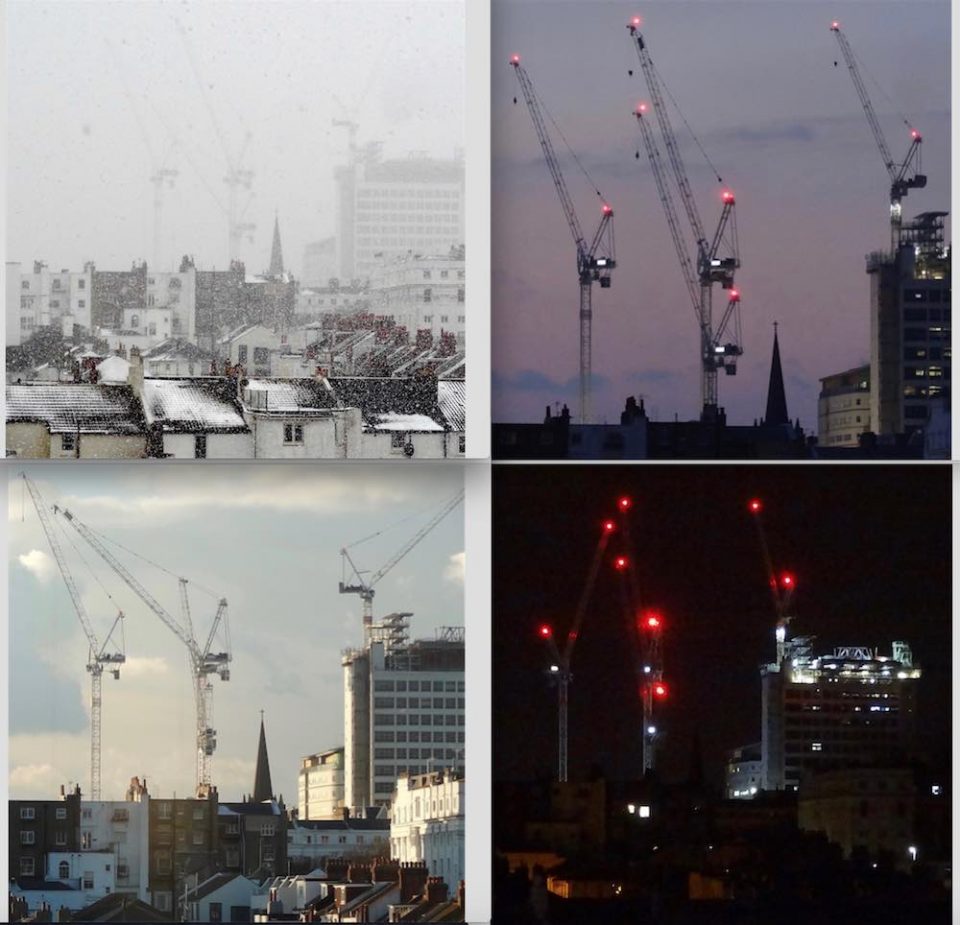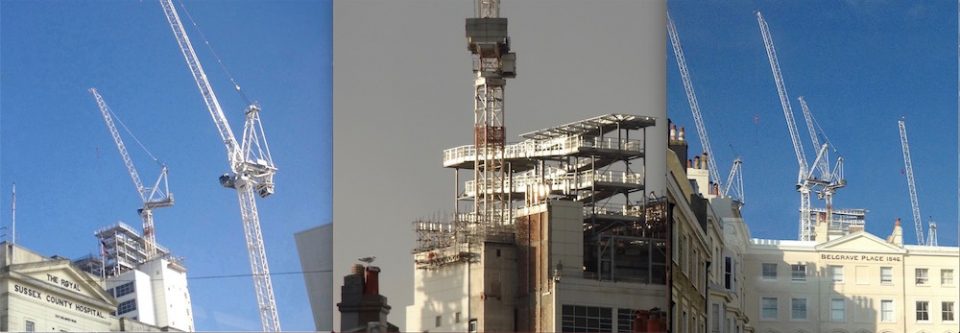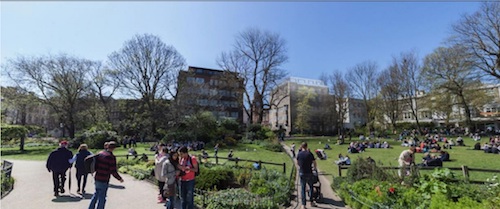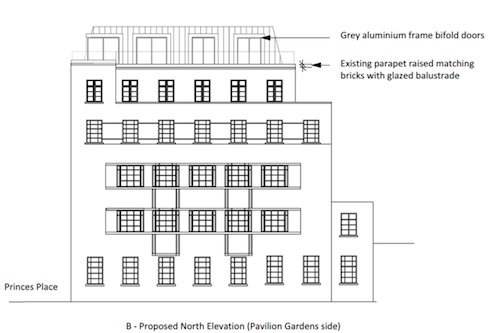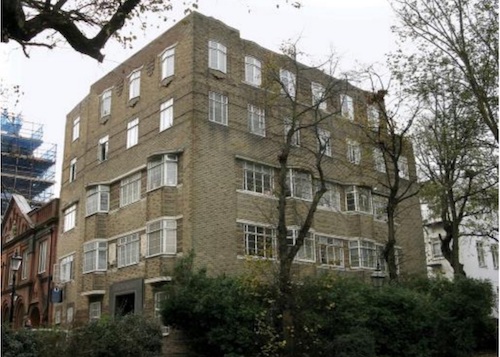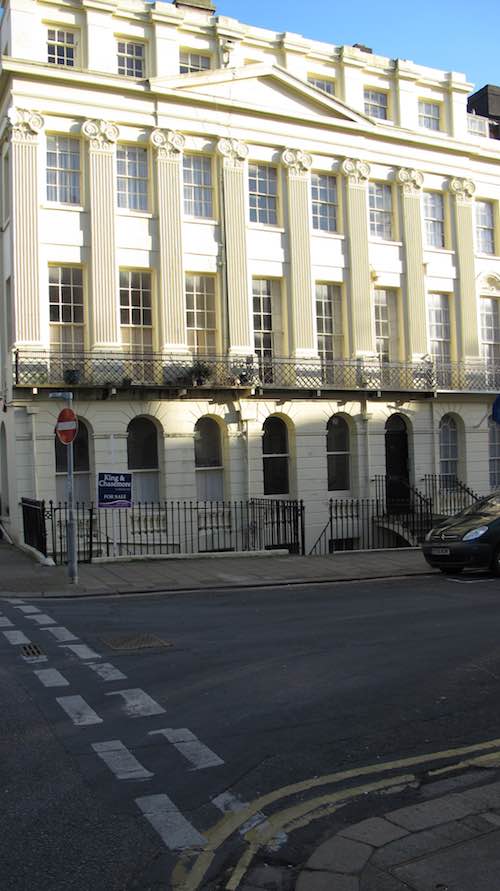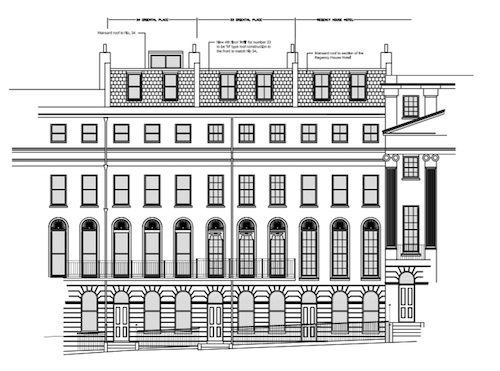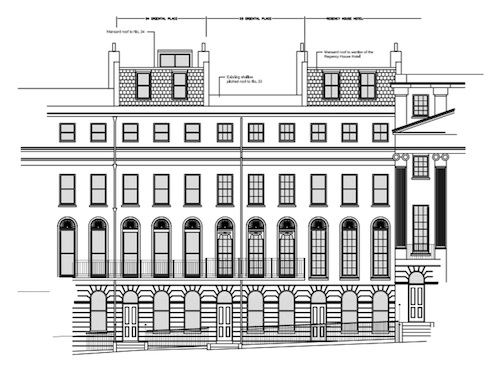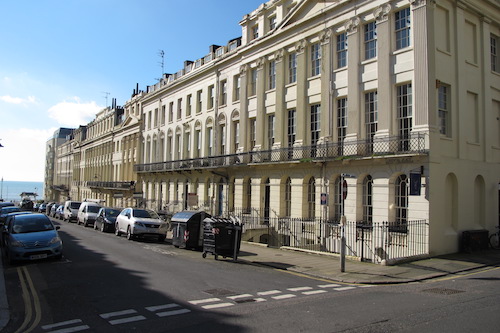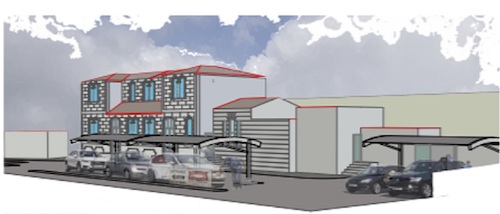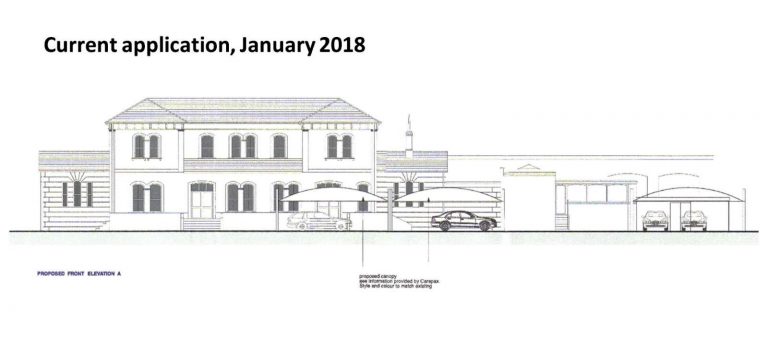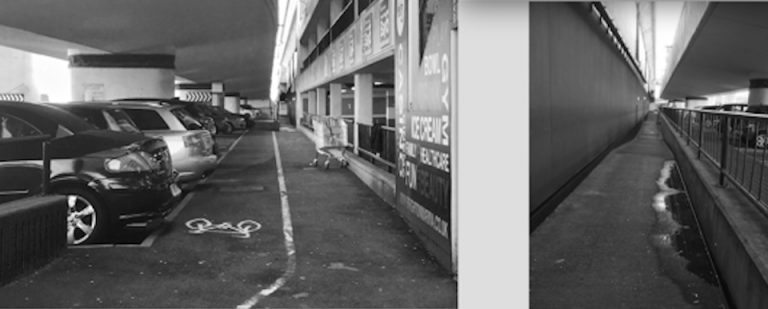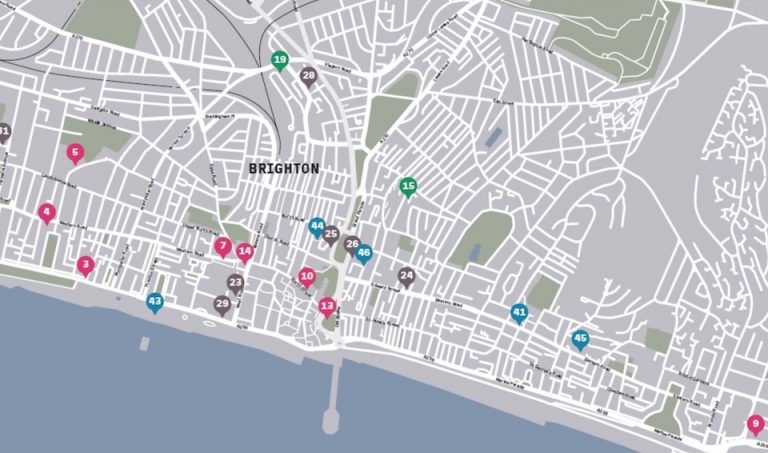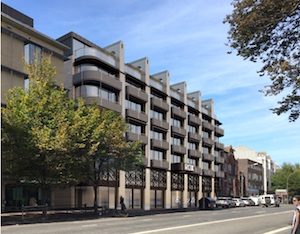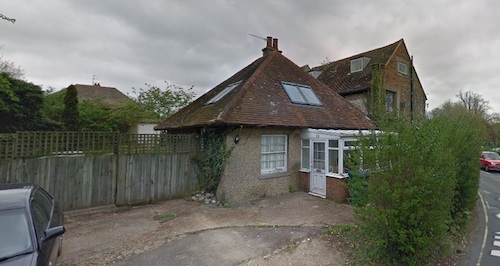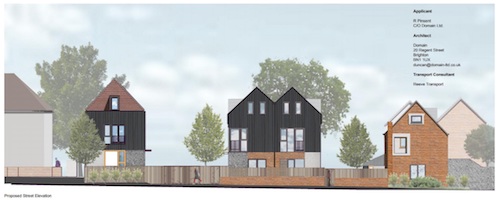The Planning Forum, attended by members of the Regency Society and Hove Civic Society committees, meets monthly to discuss planning applications which the Forum considers significant.
Each society forms its own view on the applications and decides what action, if any, to take.
In our latest meeting we considered the following issues:
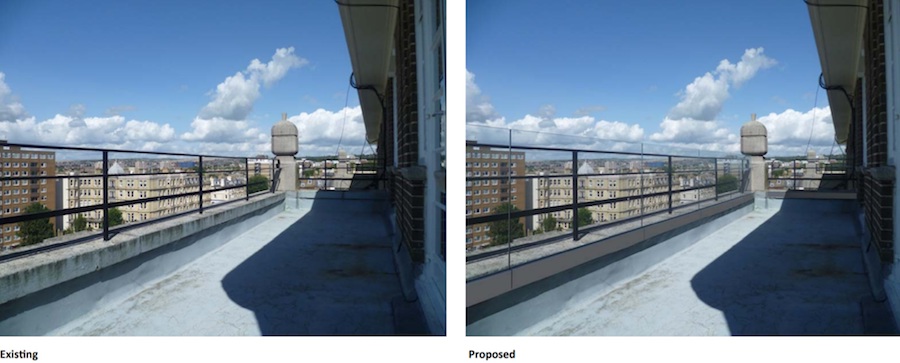

Monsieur Poirot would not approve
Number 4 Grand Avenue is one of Hove’s finest 20th century buildings. It is also one of the best preserved.
It was built in 1939 to a design by Murrell and Pigott. It’s 1930s look is striking and, in the words of Regency Society member Robert Nemeth, “it would make an ideal home for a certain Monsieur Poirot”.
It is important that its distinctive appearance should be preserved. That is why the Regency Society has objected to a planning application to install a glass balustrade behind the balcony railing on the eighth floor.
The reason for the plan is perfectly understandable, to reduce the risk children falling through the existing railings. So why are we objecting?
The balcony is on the top floor and is clearly visible against the sky. Glass is a far from an invisible material and, in this position, it will act as a reflector. We are also worried that the proposed fixing into the stone parapet will not be strong enough to resist high winds.
We believe that there are alternative solutions. For example, an additional metal railing composed of fine horizontal bars set back behind the existing railing would be almost invisible. See the planning application here
The society has welcomed a plan to install a new sign near the landward end of the pier. The sign will read “Brighton Palace Pier” thus restoring its previous, but not quite its original name. Back in 1899 when the pier was opened, it was named the ”Brighton Marine Palace and Pier” and the initial BMPP can still be seen in places as you stroll along it.
However, we are less impressed by a new structure which has appeared directly outside the pier entrance. It is a large, windowless, wooden shed housing a gift shop and it looks quite out of place. No planning application has been made as far as we know. We have asked the Council to take enforcement action.
Proposal for King’s House in Hove
We’re not at all happy with the proposal for the King’s House on Grand Avenue – read about our concerns here.
Would you like to comment on this article? The committee, RS members and other site users would be interested to hear your views so we are inviting you to share your thoughts online. If you would like to do so you will need to register first – it only takes a moment and once registered you can log in and comment on other articles on this site in the future. Click here to register. If you have already registered, simply click on ‘you must be logged in’ at the bottom of the page.

